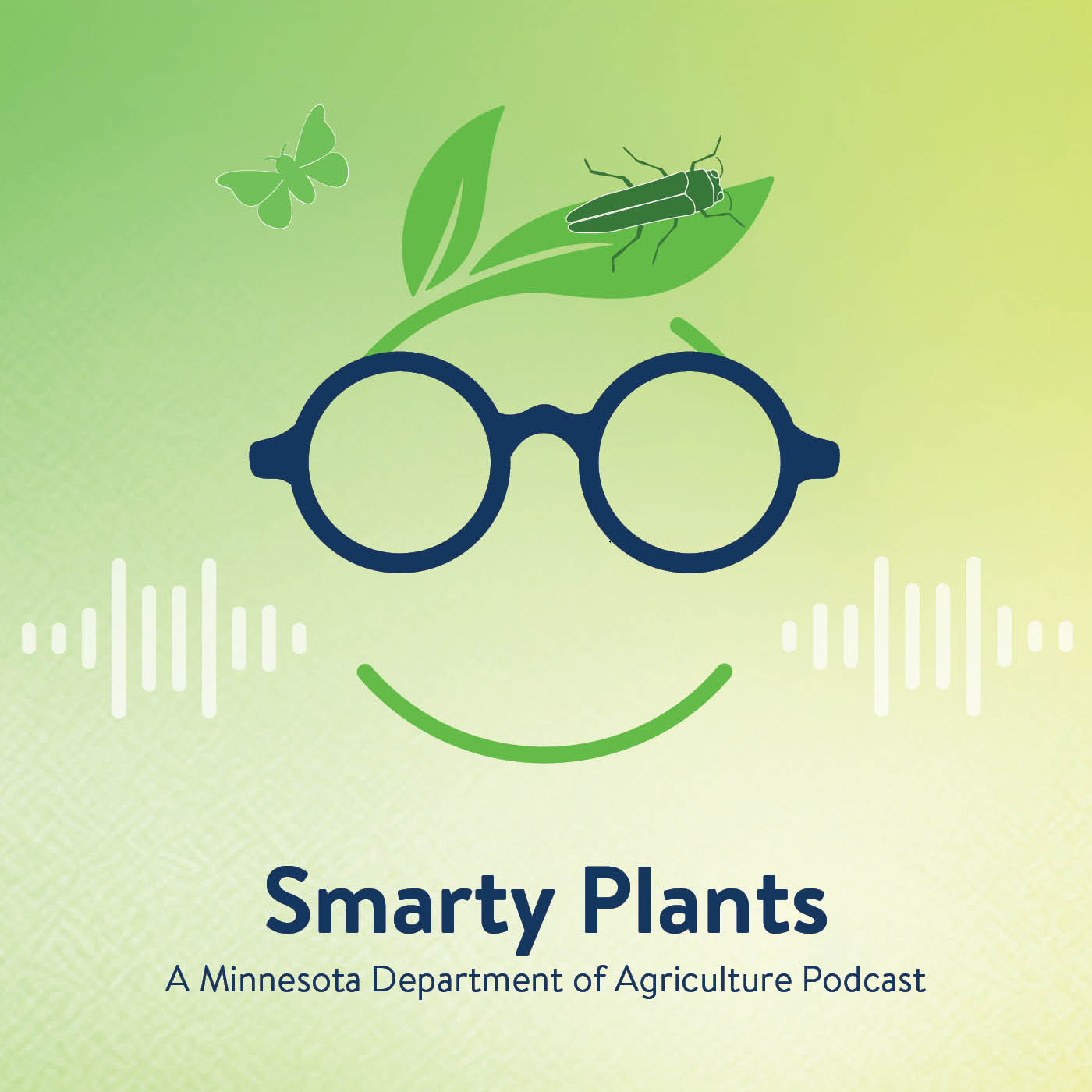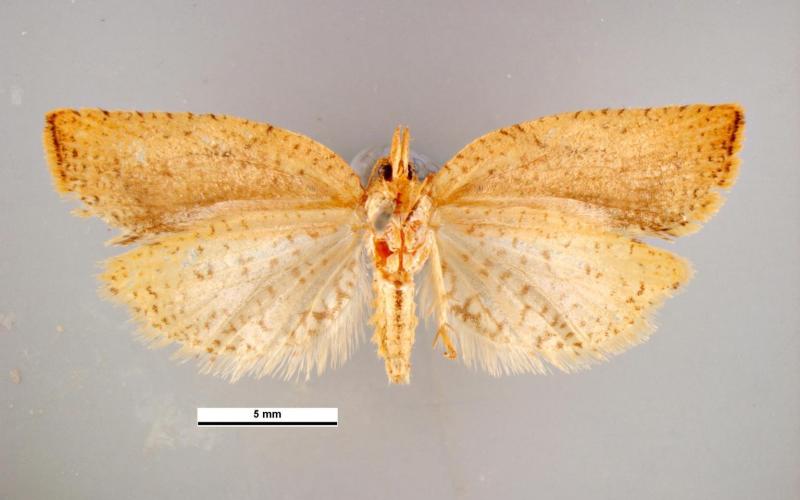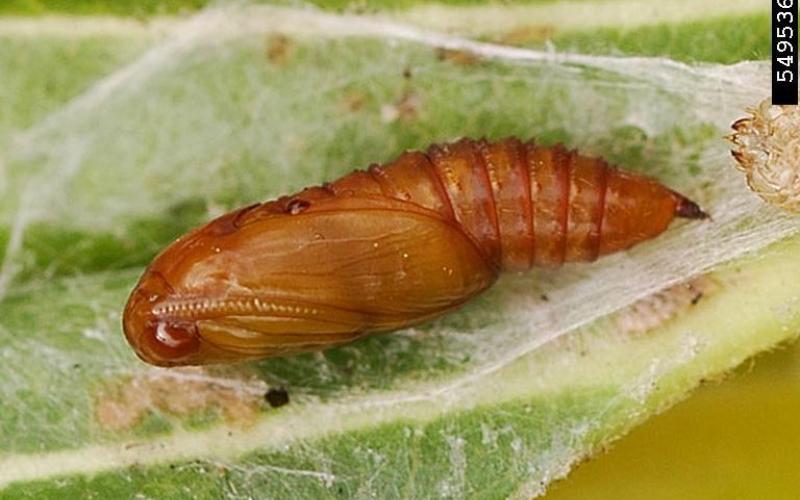Scientific name: Epiphyas postvittana (Walker)
Native range: Australia
At Risk
Like other moth and butterfly pests, it is the larval (caterpillar) stage that causes damage to plants. The larvae of this species consume leaf tissue and will damage fruits by feeding on the surface and occasionally tunneling. This pest has very broad feeding preferences. In fact, light brown apple moth has been documented feeding on more than 250 species of plants in over 50 plant families. Host plants include, but are not limited to: alder, alfalfa, apple, blackberry, blueberry, broad bean, broccoli, cabbage, chrysanthemum, clover, columbine, cotoneaster, currant, ferns, fir, geranium, grape, hawthorn, honey suckle, jasmine, mint, oak, peach, pear, pine, poplar, potato, privet, rose, spruce, strawberry, walnut, and willow.
History
The light brown apple moth is originally from southern Australia and has since invaded New Zealand, northern Europe and Hawaii. In February 2007, this pest was detected in Alameda County, California in the San Francisco Bay area. This pest is not known to occur in Minnesota.
Description
After emerging from eggs laid on leaves, the pale green larvae begin to feed on leaves and fruits. Young larvae protect themselves by creating silken tunnels on the surface of leaves, whereas older larvae roll leaves or web multiple leaves together to create protected feeding areas. The larvae then develop into pupae within the rolled leaves. From the pupae, the adults emerge. Adults range in color from buff yellow to reddish brown or brown and have a 16- to 25-mm wing span.
Contact the Minnesota Department of Agriculture via email at reportapest@state.mn.us if you suspect an infestation of light brown apple moth in Minnesota.
Smarty Plants Podcast
 Discover Smarty Plants, the Minnesota Department of Agriculture's podcast that digs into the fascinating world of invasive species. Join expert guests as they share insights and solutions to protect our environment and agricultural resources. Visit Smarty Plants and start listening today.
Discover Smarty Plants, the Minnesota Department of Agriculture's podcast that digs into the fascinating world of invasive species. Join expert guests as they share insights and solutions to protect our environment and agricultural resources. Visit Smarty Plants and start listening today.





